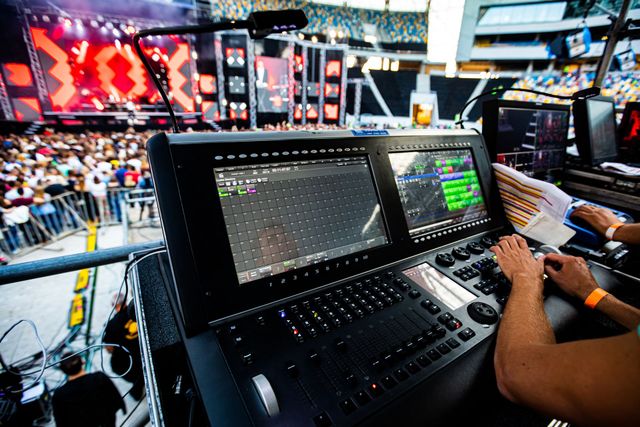Essential Tactics for Maximizing the Durability of Your Light Emitting Diode Display
Wiki Article
LED screens are growing progressively popular for various purposes, from advertising to entertainment. To ensure that these displays function efficiently over the years, it is essential to adopt strategies that extend their lifespan. Comprehending the elements that affect the durability of Light Emitting Diode walls can assist users maintain their functionality and prevent unnecessary substitutions.
One of the primary factors that can extend the durability of an Light Emitting Diode wall is proper setup. It is crucial to have a professional team handle the setup procedure to ensure all parts are properly connected. Poor installation can lead to power issues or mechanical damage. Additionally, the placement of the LED wall should take into account environmental factors such as light exposure and humidity levels. A properly set up display in a proper location will minimize the risk of damage caused by outside factors.

Routine maintenance is another key strategy to extend the life of an Light Emitting Diode wall. This entails regular checks to monitor for any signs of wear or malfunction. Dirt and debris can build up on the top of the LED panels, affecting brightness and color quality. Wiping the displays with appropriate materials will help maintain ideal clarity. It is also important to check the electronics behind the screen, making sure that all links are secure and that there are no heat issues, which can click here to read significantly shorten the lifespan of the parts.
Electrical control plays a crucial role in improving the longevity of an LED wall. Over-voltage or fluctuating electricity supply can damage the internal circuitry. To avoid this, using a reliable power supply and implementing surge protection measures is recommended. Additionally, adjusting the screen to function at reduced brightness levels when high brightness is not necessary can reduce wear on the lights. This not only prolongs the lifespan of the wall but also conserves energy, making it a cost-effective option.
In addition, program control can affect the performance of LED walls. Consistently refreshing the program that operates the screen guarantees that it operates smoothly and includes any essential safety patches. Old software can lead to performance issues and may expose the system to vulnerabilities. Proper scheduling of content can also help in managing the demand of the screen, permitting it to rest during off-peak hours, which can aid to a greater durability.
In summary, maximizing the durability of an Light Emitting Diode screen involves a mix of appropriate installation, regular upkeep, effective power management, and careful software management. By focusing on these critical strategies, users can guarantee that their LED screens remain operational and aesthetically appealing for numerous seasons. Implementing proactive steps will not only enhance the performance of the Light Emitting Diode wall but also provide a greater return on cost over the years.